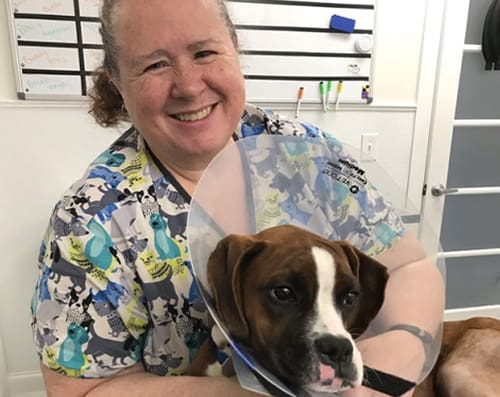Animal Surgical Center is renowned for its surgical capabilities. In stressful emergency situations, we deliver prompt, expert treatment in the form of advanced diagnostics and emergency surgery for dogs and cats. Our goal is to save lives and ensure a full recovery for our patients. Animal Surgical Center is equipped and staffed to provide emergency care to support pets, families, and general practices throughout the community.
Emergency Services Offered at Our Hospital
Surgery is our primary service; it’s what our veterinary surgeons do best. It includes:
- Soft-tissue procedures
- Orthopedics
- Laser surgery
- Minimally-invasive surgery (arthroscopy and laparoscopy)
To guide our emergency surgeries, we utilize cutting-edge diagnostics:
- Digital radiography
- In-house laboratory testing
- Ultrasound
- CT scan
Recognizing Emergencies in Dogs and Cats
The following signs indicate an emergency, and should be addressed as quickly as possible by a veterinarian.
- Difficulty breathing (choking, panting)
- Excessive and continuous bleeding
- Bleeding from nose, mouth, ears, and/or anus
- Continuous vomiting/diarrhea
- Possible broken bones
- Lacerations, burns, and puncture wounds
- Difficulty or inability to pass stool or urine
- Blunt trauma from a fall or collision
- Loss of consciousness
- Bloated, hardened abdomen

If you are unsure whether your pet is having an emergency, contact us immediately regardless so we can help. Time is of the essence, and we want to make sure you take the proper precautions on your pet’s behalf and have peace of mind about their safety.
